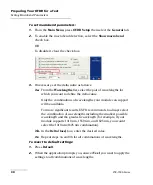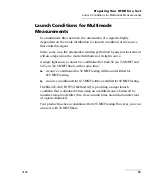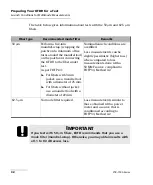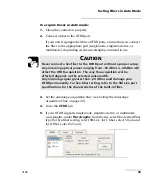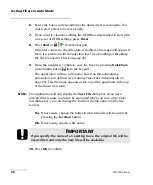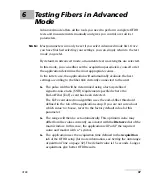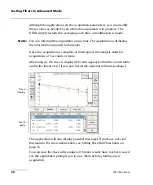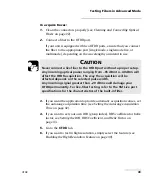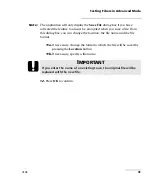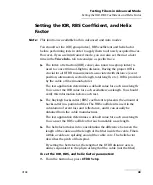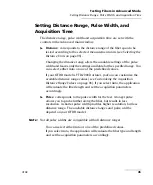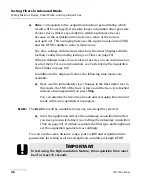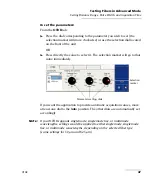
Testing Fibers in Advanced Mode
OTDR
43
Setting the IOR, RBS Coefficient, and Helix Factor
Setting the IOR, RBS Coefficient, and Helix
Factor
Note:
This function is available both in Advanced and Auto modes.
You should set the IOR (group index), RBS coefficient and helix factor
before performing tests in order to apply them to all newly acquired traces.
However, if you are in Advanced mode, you can also set them at a later
time in the
Trace Info.
tab to reanalyze a specific trace.
³
The index of refraction (IOR) value (also known as group index) is
used to convert time-of-flight to distance. Having the proper IOR is
crucial for all OTDR measurements associated with distance (event
position, attenuation, section length, total length, etc.). IOR is provided
by the cable or fiber manufacturer.
The test application determines a default value for each wavelength.
You can set the IOR value for each available wavelength. You should
verify this information before each test.
³
The Rayleigh backscatter (RBS) coefficient represents the amount of
backscatter in a particular fiber. The RBS coefficient is used in the
calculation of event loss and reflectance, and it can usually be
obtained from the cable manufacturer.
The test application determines a default value for each wavelength.
You can set the RBS coefficient for each available wavelength.
³
The helix factor takes into consideration the difference between the
length of the cable and the length of the fiber inside the cable. Fibers
within a cable are spiraling around the cable core. The helix factor
describes the pitch of that spiral.
By setting the helix factor, the length of the OTDR distance axis is
always equivalent to the physical length of the cable (not the fiber).
To set the IOR, RBS, and helix factor parameters:
1.
From the button bar, press
OTDR Setup
.


